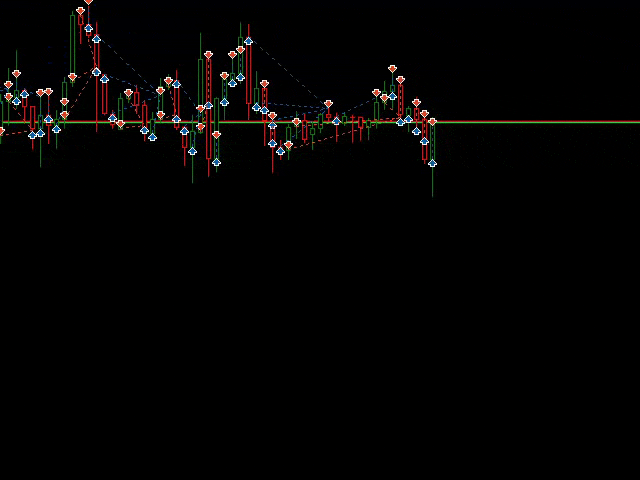
Welcome to the diverse world of forex trading strategies, where traders employ various methodologies to analyze markets and make informed decisions. This section serves as a comprehensive guide, introducing you to some popular and effective forex strategies used by traders worldwide.
Technical Analysis Strategies:
Technical analysis involves studying historical price charts and utilizing indicators to forecast future price movements. Traders often rely on several technical strategies:
Moving Averages:
Moving averages (MAs) are essential tools used by traders to identify trends and potential entry or exit points. They smooth out price data by calculating the average price over a specific period. Here’s how they’re used:

Identifying Trends: Moving averages help traders identify trend directions. An upward sloping moving average indicates an uptrend, while a downward slope suggests a downtrend. They can also act as dynamic support or resistance levels during trends.
Potential Entry and Exit Points: Using two moving averages of different periods, such as a shorter-term (faster) and a longer-term (slower) moving average, traders look for crossovers. A “golden cross” (short-term MA crossing above long-term MA) might signal a potential uptrend, while a “death cross” (short-term MA crossing below long-term MA) might suggest a potential downtrend.
Candlestick Patterns:
Candlestick patterns are visual representations of price movements. Traders use patterns like Doji, Hammer, and Engulfing to identify potential trend reversals or continuations. For instance, a Hammer pattern at the bottom of a downtrend might signal a potential reversal.
Fundamental Analysis Strategies:
Fundamental analysis focuses on economic factors and news events influencing currency values. Several strategies fall under this approach:
Economic Indicators:
Traders analyze economic indicators such as GDP, employment data, and interest rates to make trading decisions. Positive economic data might strengthen a currency, while negative data might weaken it.
News Trading:
News events often trigger market volatility. Traders capitalize on quick price movements resulting from significant news releases. However, this strategy requires caution due to potential rapid market fluctuations.
Risk Management Strategies:
Managing risk is paramount in forex trading. Effective risk management strategies include:
Position Sizing:
Determining the size of positions based on risk tolerance helps control potential losses. Traders calculate position sizes relative to their account size and stop-loss levels.
Risk-Reward Ratio:
Maintaining a favorable risk-reward ratio (e.g., aiming for higher potential rewards than risks) helps ensure profitable trades even with a modest success rate.
Diversification:
Diversifying trades across different currency pairs or asset classes helps spread risk and minimize the impact of adverse movements in a single trade.
Developing Your Strategy:
While these strategies offer valuable insights, successful trading often involves developing a personalized strategy. Traders should consider their risk tolerance, trading style, and market understanding to create a strategy that suits their preferences.



